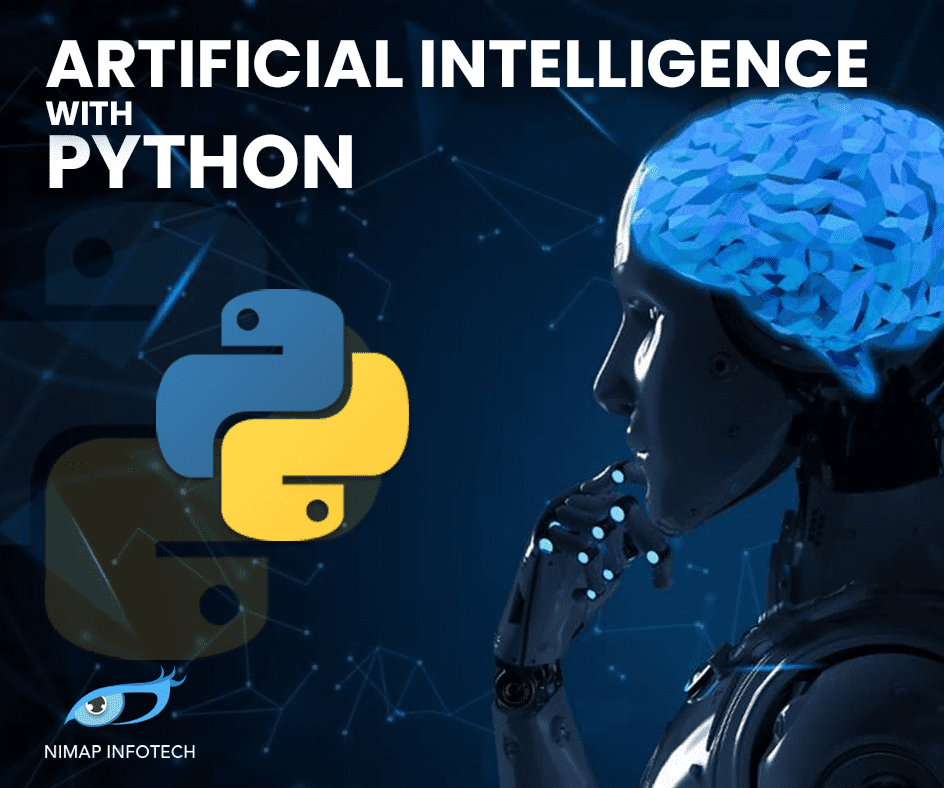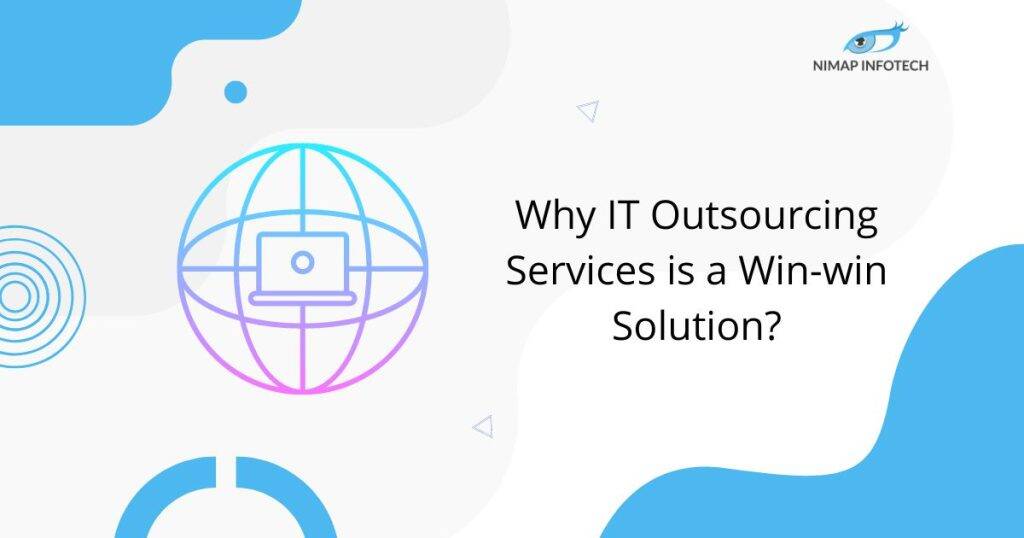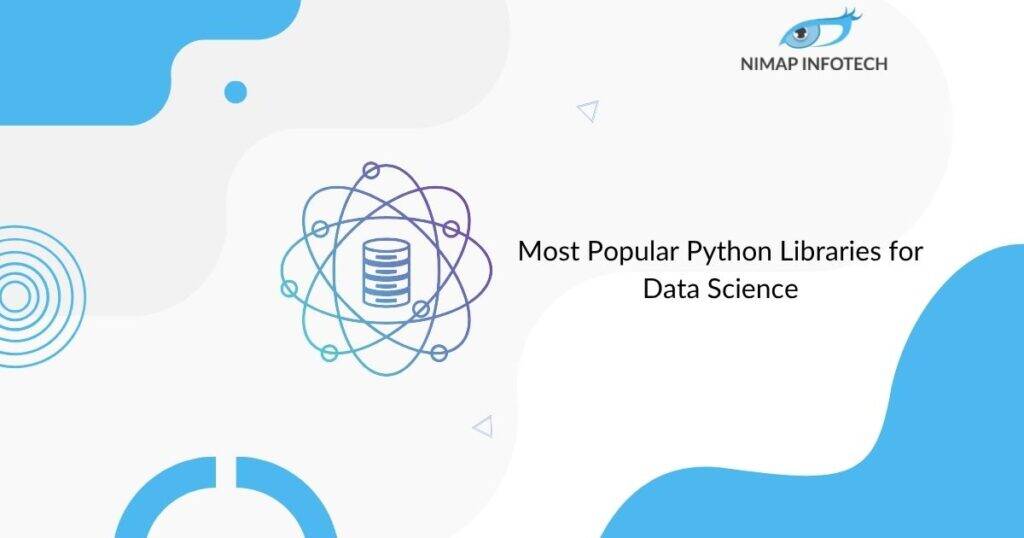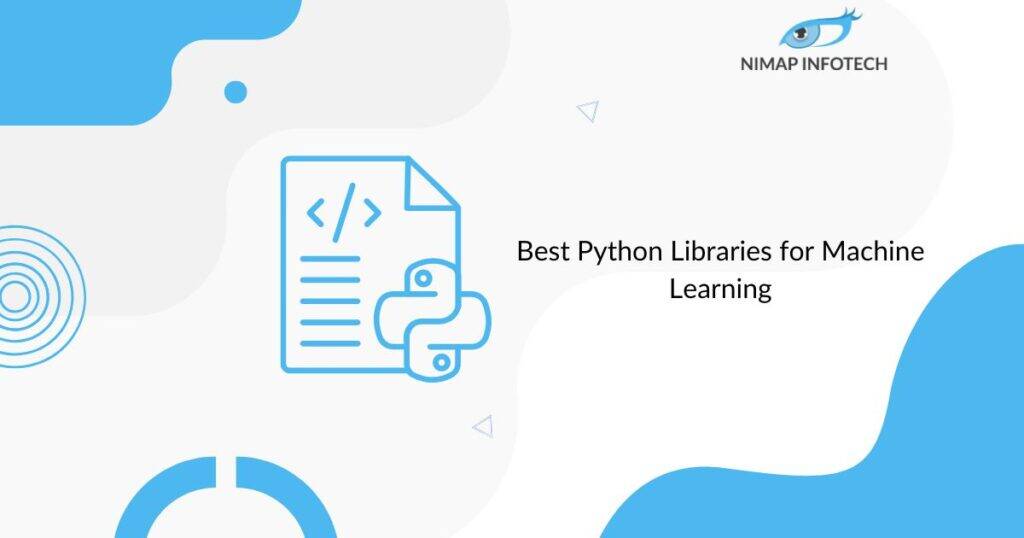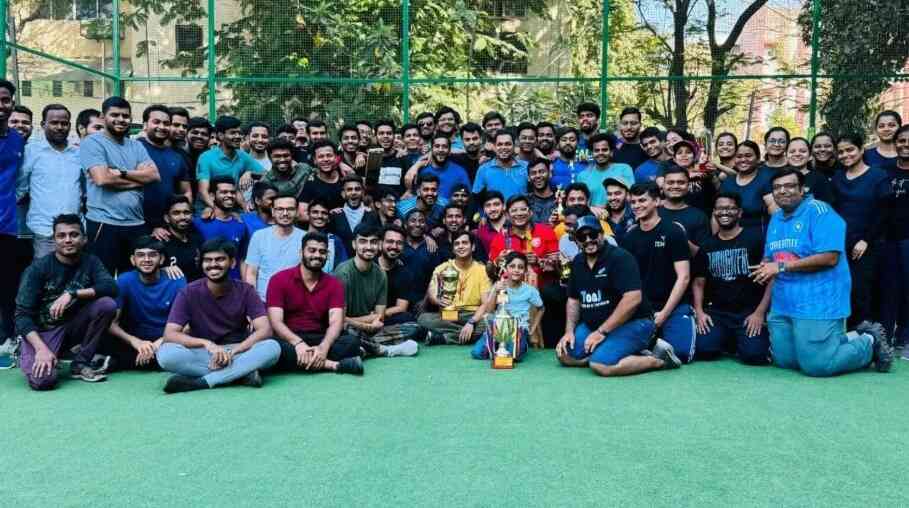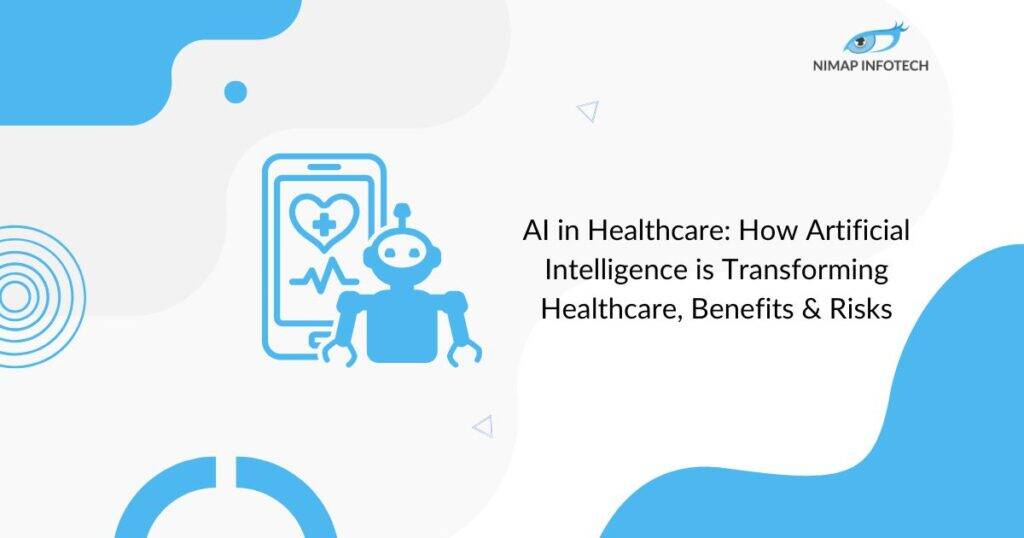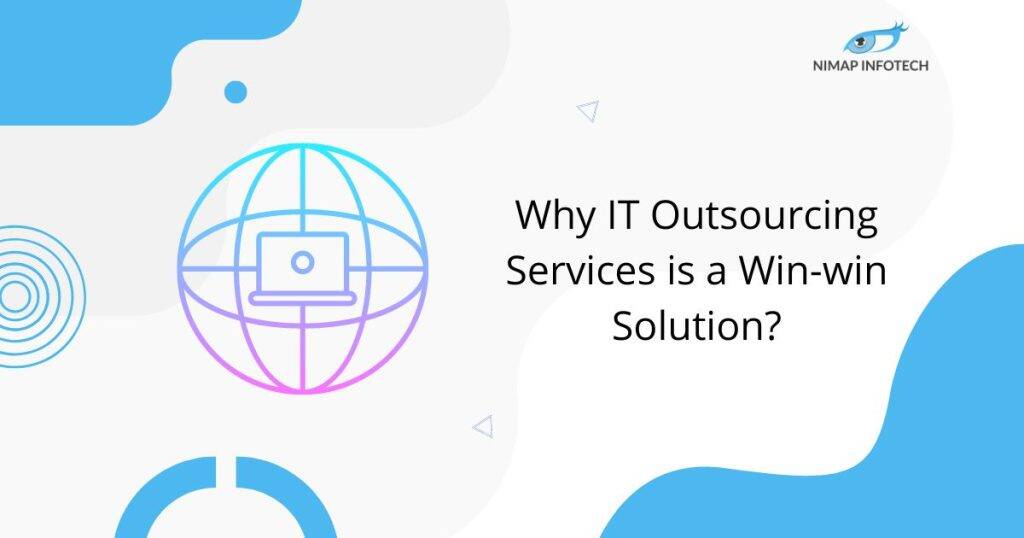In simple words, Artificial Intelligence is to make machines do what the human brain does for us. Learning, reasoning & correction. Quite simple, no?
It is said that a person learns from his mistakes. Everything around us that we see, smell, and hear is kind of data that our brain takes as an input and then learns something out of it. The process keeps on going until eternity, There’s no end to a learning process. We learn, we make mistakes and then we improve our decision making.
That’s what most AI experts are trying to achieve. When someone says AI, Robots are the first thing that comes in our mind, But that is not what AI is all about. The concept is broader than we think.
If you are someone like me who is interested in learning Artificial Intelligence, then I am going to talk here about how you can approach learning AI.
How can you approach to learn Artificial Intelligence?
During recent time AI and ML field have evolved rapidly. Experts are daily working on new technologies to make the process simpler for you.
Today it is easy to find packages and libraries that you can work with while developing your own AI.
Understanding the basics
https://www.youtube.com/watch?v=cKxRvEZd3Mw&list=PLOU2XLYxmsIIuiBfYad6rFYQU_jL2ryal
To get into any field, it is necessary to understand what the field is about and how things are going to work. Above given link is to understand the basic concepts of machine learning and how things are actually going to work. Being a subfield of Artificial intelligence it is strongly recommended to get hands-on many of algorithms of machine learning.
Read More: Creating Chatbot with Deep Learning
Selecting a problem
As you go along with learning, You will find so many things like different algorithms, process and what not. As you explore more, things start getting more complicated. Hence it is necessary to have a predefined goal which will make it easier to select the options that are best for your problem. (It is also necessary to have prior knowledge about various different methods to solve the problem, at least introductory part.) Having a problem also engages you more into implementation and practicals rather than just reading.
A common problem that most people face when starting is that they keep on collecting the information only while not understanding how the implementation is done for a real-world problem.
Sometimes it is hard for us to come up with a problem to solve if you do not have prior experience with the domain. Sites like Kaggle ( https://www.kaggle.com/ ) provides a lot of problems and datasets to practice.
Making your own solution.
Once you have a goal in your mind, you can start implementing various methods to achieve your goal. It is not necessary to come up with the perfect solution at the very first try. Hence start making a simple solution to the end while exploring various methods to approach a problem.
However, a problem most people face in this process is that while selecting the method to solve the problem you spend much of your time with methods that you are already aware of and don’t move towards other methods. In such cases, cloud services like IBM Watson – Knowledge Discovery can help you a lot. By simply uploading your data into Watson, It can give insights about your data that you have not already thought about.
(https://www.ibm.com/cloud/watson-discovery)
Collecting data, cleaning data, training data and finding results from the data are the things that you can do while making your own solution.
Evaluating and Improving your solution.
Once you get to the solution, evaluate the results and check how accurate is your solution. As I mentioned earlier, It is not necessary to get the perfect solution at the very first try. Once you finish with the first phase of your solution you will start understanding difficulties that came in every step and flow of your entire project.
Try to Improve your solution.
Share your solution
In every project what you have done till the end can’t be always right. There can be so many things you might have done wrong. Hence you should always share what you have done with others and get their opinion about how you can improve our solution and what mistakes can be avoided. Kaggle is the best site to share your solution.
Extras –
As it is the most evolving technology in the market right now it is not just limited to computer technology but is also equally used in every sector like health, education, marketing, entertainment and so on. When it comes to AI there are many key terms used along with it such as Machine Learning, Cognitive Analytics, and Robotics.
Machine Learning carries the ability to learn from its experiences. ML an application of AI mostly deals with the thinking part of AI. Its analytics analyze data to provide an obvious output.
Here are some of the techniques that can be helpful for you for building and implementing Artificial Intelligence –
- (Artificial) Neural Networks
- Natural Language Processing
- Heuristics
- Vector machines
- These are the commonly used techniques in AI.
All these techniques are boarder term which can’t be explained in one line.
If you are really interested in learning AI, Here are the following sources you can follow –
Siraj Raval : https://www.youtube.com/channel/UCWN3xxRkmTPmbKwht9FuE5A
Edureka : https://www.youtube.com/watch?v=JMUxmLyrhSk&t=16240s
Following links are for beginners who want to get into AI. They can learn the basics from Edureka’s video. Siraj Raval is the best guy who can keep you updated with new information in AI and also keeps you motivated. Along with it, I strongly recommend you to follow machine learning and AI forums to connect with the community.
Hope the above information about how to start with AI appears useful. And beginners find it easy indulging learning AI without facing any serious issues.
Author
-

Sagar Nagda is the Founder and Owner of Nimap Infotech, a leading IT outsourcing and project management company specializing in web and mobile app development. With an MBA from Bocconi University, Italy, and a Digital Marketing specialization from UCLA, Sagar blends business acumen with digital expertise. He has organically scaled Nimap Infotech, serving 500+ clients with over 1200 projects delivered.
View all posts

